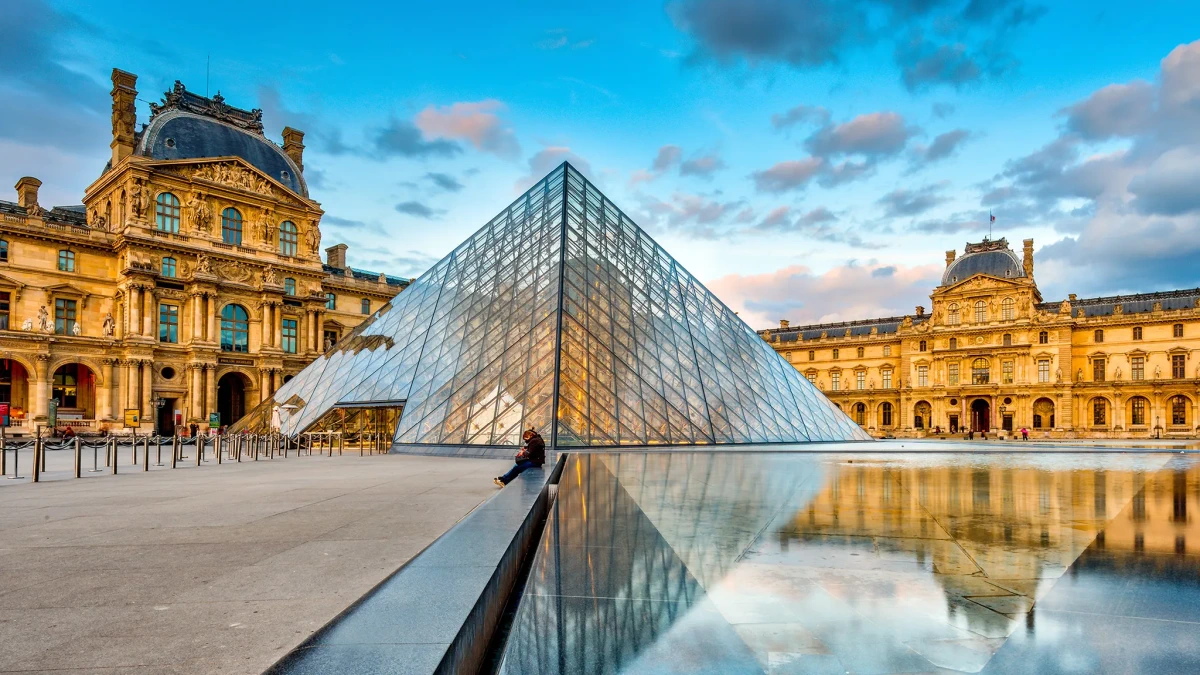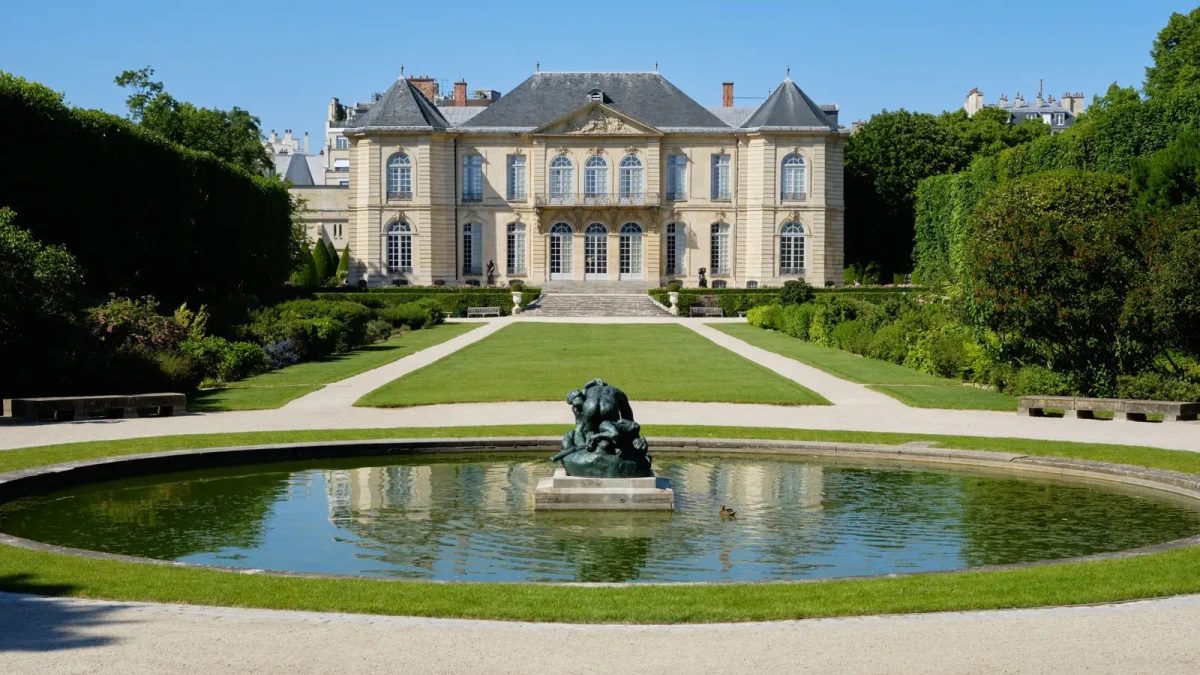Paris, the City of Lights, is not only renowned for its artistic and cultural richness but also for its wild side encapsulated in the Paris Zoo. Nestled in the heart of the city, this zoological marvel offers a unique and immersive experience, bringing the wonders of the wild to urban dwellers. Let's embark on a journey through the rich history, captivating exhibits, and conservation efforts that make Paris Zoological Park a must-visit destination for nature enthusiasts and families.
Note: This article contains affiliate links. In case you purchase something through one of these links, we may receive a small commission at no extra cost for you. Thank you for helping us keep creating the free content on this website!
Nestled within the tapestry of the French National Museum of Natural History, the Paris Zoo unfolds its wonders through the Menagerie of the Botanical Garden (Ménagerie du Jardin des Plantes) and the Zoological Park of Paris (Parc Zoologique de Paris).
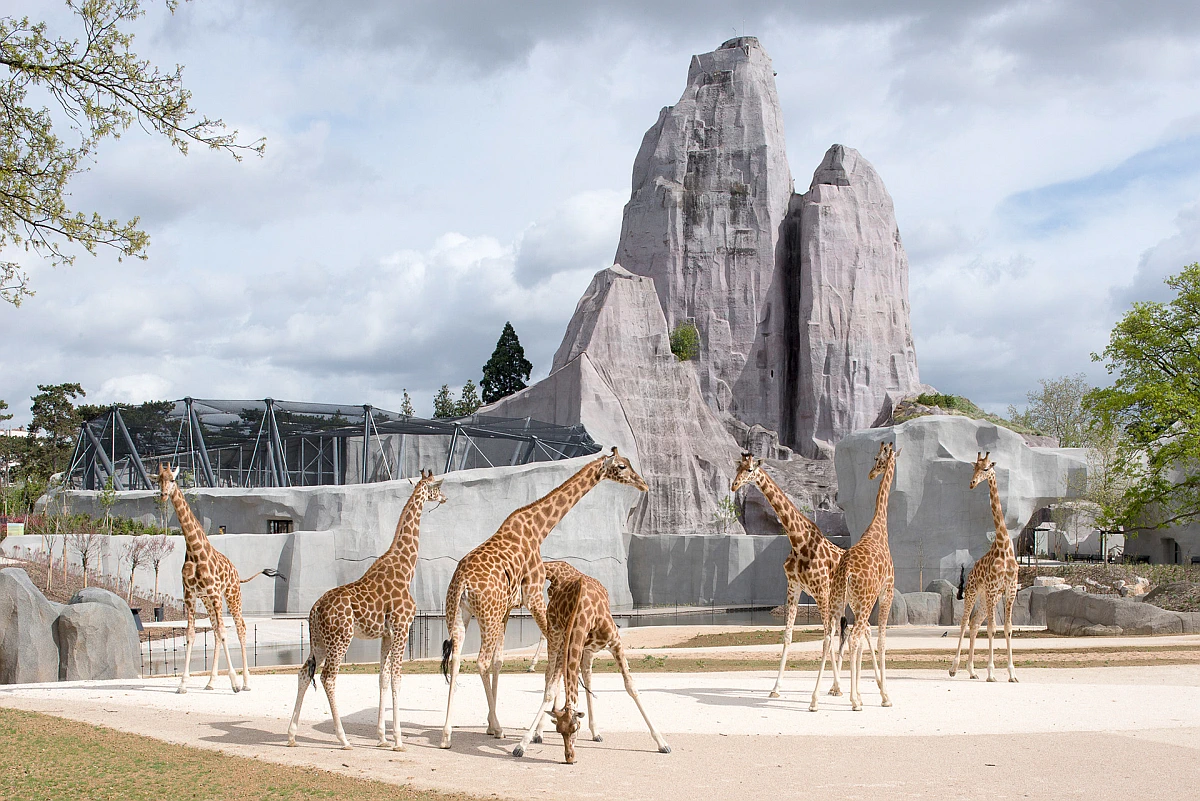
The presentation of animals in environments reminiscent of their original ecosystems, respect for their well-being and visitor immersion have guided the architectural and landscaping design of the Paris Zoo. Mammals, birds, snakes, lizards, amphibians, fish and invertebrates: 255 species and more than 3,000 animals offer a true world tour of animal biodiversity.
History and Evolution of Paris Zoo
The roots of Paris Zoo trace back to its humble beginnings, evolving over the years into a prominent institution for wildlife conservation and education. From traditional exhibits to modern, eco-friendly enclosures, the zoo has undergone a transformative journey that mirrors its commitment to the well-being of its inhabitants.
In the year 1793, a remarkable transformation took place within the Jardin des Plantes. Originating as a botanical garden, this enchanting space evolved into France's pioneering public zoo. The confined expanse, spanning 6.5 hectares (16 acres), retained its original 18th-century landscaping charm during a meticulous renovation from 1918 to 1939.
Within its confines, a diverse collection of approximately 1,100 specimens thrives, featuring the elusive Przewalski’s horse among its treasures. The zoo's acclaim reaches unprecedented heights with its commendable success in breeding not only the Przewalski’s horse but also an array of other captivating species. Brace yourself for an exploration that transcends the ordinary, where the past intertwines with the present in a captivating display of biodiversity.
In March of 1932, the City of Paris bestowed upon the Museum a sprawling 14 hectares of land nestled in the Bois de Vincennes, adjacent to the picturesque Lac Daumesnil. The visionary behind the Ménagerie, Professor Edouard Bourdelle, meticulously outlined the project's blueprint. The architectural endeavor for the zoo was entrusted to Charles Letrosne, who would later ascend to the position of head architect for the universal exhibition of 1937.
This ambitious undertaking aimed to birth a contemporary zoo, drawing inspiration from the scenic elements of the Stellingen zoo, where artful integration of boulders and ditches concealed the intricate construction work. However, the objective wasn't to theatrically present the animals or painstakingly replicate their natural habitats based on geographical regions. Instead, a zoological structure, deemed the epitome of scientific approach, was implemented. Animals found their place within familial clusters, be it Ursidae, Felidae, Primates, Ungulates, and beyond.
The zoo is divided into five biozones, each representing a different ecosystem: Amazon-Guyana, Europe, Madagascar, Africa, and Patagonia.
The groundwork commenced in 1933, and with great anticipation, the Paris Zoo proudly unfurled its gates to the public on the ceremonious day of June 2, 1934.
During its inaugural year, a staggering 5 million visitors flocked to marvel at an impressive array of 1,800 animals, comprising 1,200 birds and 600 mammals. Towering at a majestic 65 meters, the grand boulder stood as a true testament to technical prowess, solidifying its status as the emblem of the park. Ascending to panoramic viewpoints was made possible through a dual spiral staircase and a lift, offering visitors a captivating experience. Diverse plateaux showcased the playful antics of various mountain-dwelling animals.
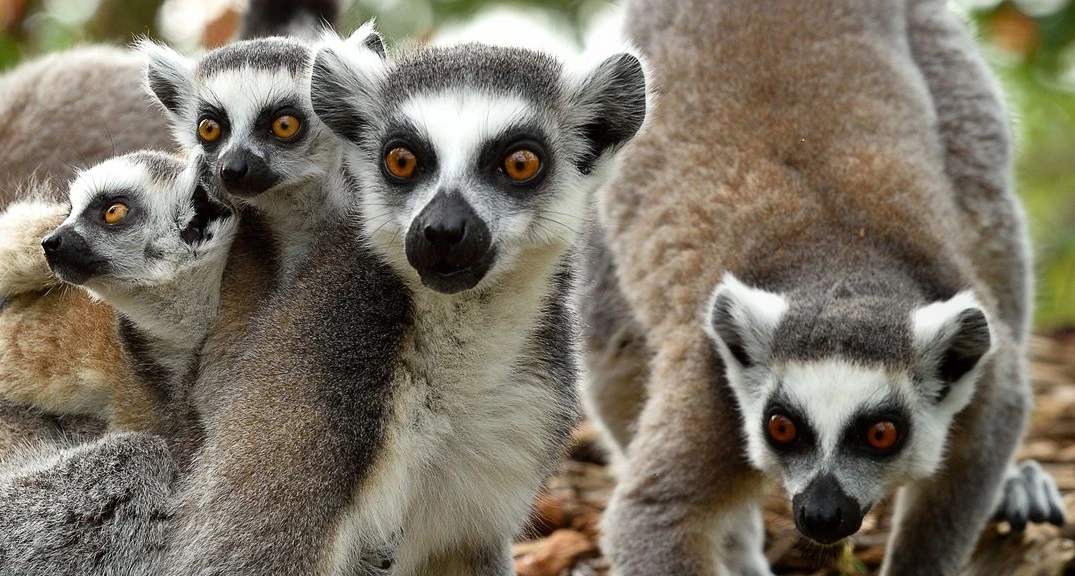
The relentless passage of time inflicted visible damage upon the structures, leading to a state of decay that posed a serious threat to the survival of the zoo. Except for the enduring Great Boulder restaurant, the zoo had seen no substantial renovation efforts by the conclusion of the 1990s. A pivotal decision was taken to rescue this beloved heritage site, a sanctuary embraced by the public. On the 30th of November 2008, the zoo reluctantly closed its gates, relocating all its inhabitants – with the exception of a group of giraffes and greater bamboo lemurs – to new habitats in various animal parks across France and beyond.
Fast forward six years, and the zoo has undergone a profound metamorphosis. In 2014, it emerged revitalized, breathing new life into its surroundings and welcoming visitors once again.
Key Attractions and the 5 Biozones of Paris Zoo
Step into the Paris Zoo, and you're greeted by a menagerie of fascinating creatures. From majestic big cats to the enchanting world of aquatic life, each exhibit is a carefully curated adventure. Unique features such as themed habitats and interactive displays set Paris Zoo apart from conventional zoos, offering an unparalleled experience for visitors of all ages.
One of the key attractions is the Grand Rocher, an impressive artificial rock structure that serves as the centerpiece and provides an elevated vantage point for visitors to observe the diverse habitats.
#1 Patagonia Biozone
Among the must-see exhibits is the Patagonia biozone, which recreates the rugged landscapes of South America and is home to fascinating species such as the Mara and the capybara. Embark on an enthralling journey to the nethermost reaches of South America, where Patagonia unfolds its mesmerizing allure, gracefully spanning the frontiers of Argentina and Chile.
Within this captivating realm, nature weaves an intricate tapestry of wonders, from the craggy shores of the majestic Andes to the expansive, otherworldly stretches of the steppe's desert plains. Marvel at the biodiversity that calls this extraordinary landscape home, a symphony of life thriving in the midst of Patagonia's untamed beauty.
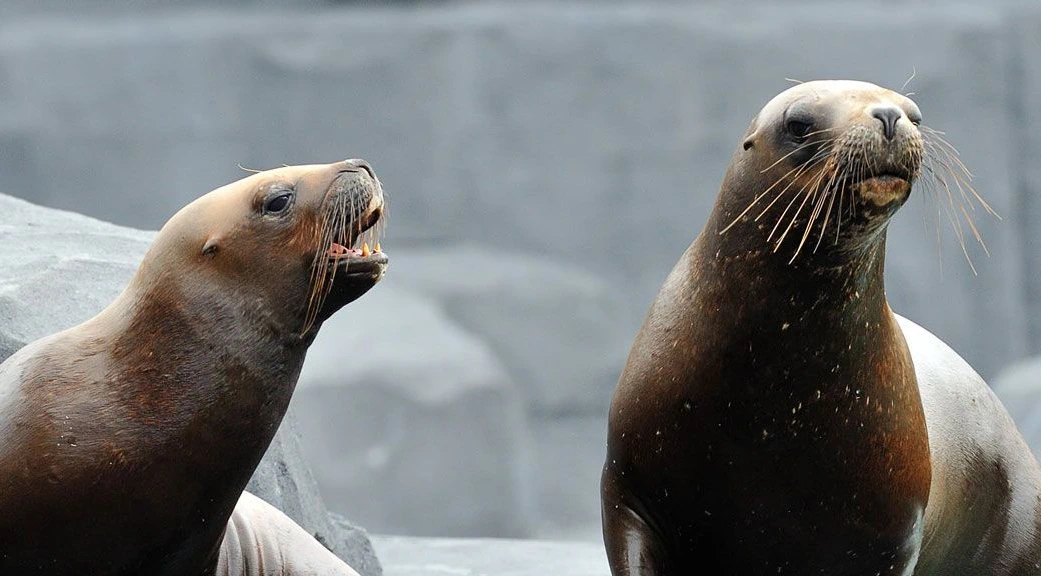
In the sprawling expanse of the Paris Zoo, the Patagonia biozone unfolds across a staggering 16,500 square meters, immersing visitors in the diverse tapestry of three distinct habitats – the expansive Pampas, the rugged allure of rocky coasts, and the enchanting Andean forest. Each realm within this biodiverse sanctuary beckons with its unique charm, creating a captivating mosaic that invites exploration and discovery.
#2 Africa Biozone
Another highlight in Paris Zoo is the Africa biozone, where visitors can witness the majestic African wildlife, including giraffes, zebras, and ostriches, in a setting that mimics the Sahel region. Draped across an expanse of 4.5 hectares, the Africa biozone stands as the park's grandeur, claiming the title of the largest within its borders. This vibrant habitat plays host to an array of majestic creatures, including the formidable white rhinoceros (Ceratotherium simum), the distinctive Grévy’s zebra (Equus grevyi), and the regal West African lion (Panthera leo). In this sprawling haven, diversity thrives, creating a tapestry of life that captivates with its intricacy and awe-inspiring presence.
Navigating through this biozone is an immersive journey, seamlessly transitioning from one habitat to another—from the lush wooded savanna to the expansive delta, meandering through shrublands and extending into the vast openness of the grassland. The atmosphere is brought to life by vibrant grasses, thorny bushes, and rip-raps, creating a dynamic representation of the savanna. This expanse is the residence of diverse mammalian communities, including giraffes, Grévy’s zebras, and West African lions.
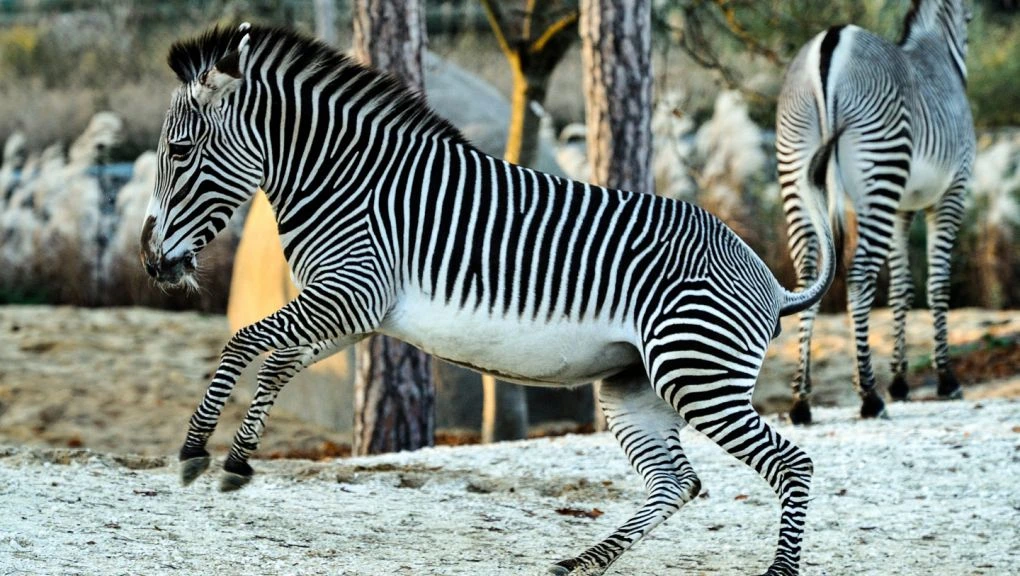
Within this biozone, the mammals play integral roles in both in situ and ex situ conservation initiatives. Over the years, the French Muséum national d’Histoire naturelle has actively engaged in reintroduction programs, particularly for the scimitar-horned oryx (Oryx dammah) and the addax (Addax nasomaculatus). These antelopes, distinguished by their spotted noses, face the dire status of either being extinct or critically endangered in their natural habitats.
#3 Amazon-Guyana Biozone
Embarking on a journey through the enthralling expanse of the Amazon-Guyana biozone, you find yourself engulfed in the untamed allure of this tropical haven. Meandering amidst the colossal Great Glasshouse, navigating the labyrinthine pools, and traversing the rugged rip-rap, you unveil a staggering array of exotic wildlife.
Exploring the equatorial jungle in Paris Zoo involves navigating through the lush canopy, traversing creeks and rivers teeming with diverse wildlife. In this tropical realm, encounters with tapirs (Tapirus terrestris), jaguars (Panthera onca), and bush dogs (Speothos venaticus) are commonplace, creating an immersive experience of the untamed wilderness.
Step into the expansive glass enclosure, and you'll be immersed in the heart of the rainforest. Towering fig trees adorned with intertwining creepers and vibrant tropical flora create a lush landscape surrounding a cascading waterfall.
Amongst the verdant branches, lively scenes unfold with small primates—white-faced sakis (Pithecia pithecia) and playful tamarins. Venture further, and you'll encounter sloths (Choloepus didactylus) and giant anteaters (Myrmecophaga tridactyla). The air is filled with the graceful flight of numerous birds, adding to the dynamic atmosphere.

Below the mesmerizing waterfall, the waters host manatees (Trichetus manatus), an iconic yet sadly endangered species native to Guyana. Alongside them, giant bony fish like the arapaima and the arowana navigate the depths, contributing to the rich biodiversity of this captivating ecosystem.
#4 Madagascar Biozone
The Madagascar biozone encompasses two ecosystems that epitomize the island's biodiversity: the tropical rainforest and the tropical dry forest.
As the fourth largest island on Earth, Madagascar boasts an astonishing 80% of species that are found nowhere else on the planet, making it a global hotspot for endemic biodiversity. However, the unique flora and fauna of Madagascar face significant threats, with many species classified as endangered due to habitat loss, deforestation, and other human-induced pressures.
Recognizing the urgent need for conservation efforts, the Paris Zoo has been actively engaged in in situ conservation programs on the island for many years. These initiatives aim to protect and restore habitats, conduct research on endangered species, and collaborate with local communities to promote sustainable practices that safeguard Madagascar's exceptional natural heritage for future generations.
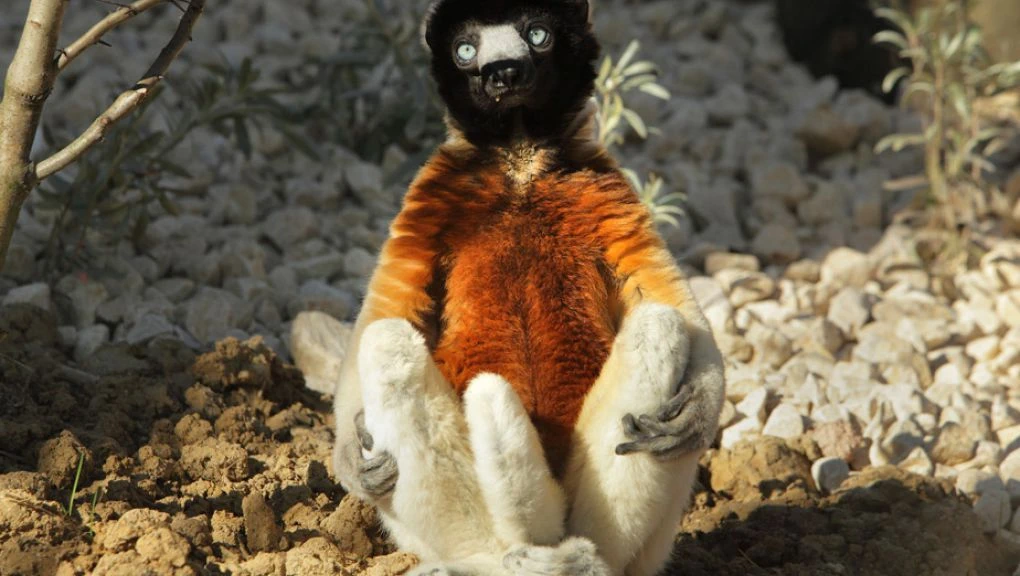
#5 Europe Biozone
Exploring the Parc Zoologique de Paris offers a unique perspective, especially if you're accustomed to the well-known European ecosystems. It beckons you to rediscover the Old Continent with a fresh and inquisitive gaze.
Embark on a fascinating journey through the captivating European biozone nestled at the base of the iconic Great Rock within the enchanting Paris Zoo. Adorning the sides of this renowned rock formation are the cascading waters of the otters' waterfall and an aviary that serves as a haven for a myriad of endangered birds of prey. Among them are the majestic Black Vulture (Aegypius monachus), the graceful Egyptian Vulture (Neophron percnopterus), and the striking Red Kite (Milvus milvus). Explore the wonders of nature as you delve into this vibrant ecosystem teeming with life and conservation significance.
Among the towering black pines, a symphony of beech trees, hornbeams, oak trees, and silver birches unfolds, shaping a dense forest ecosystem where Iberian wolves (Canis lupus signatus), lynx (Lynx lynx), and wolverines (Gulo gulo) gracefully navigate. Concealed amid the tree trunks, they roam, pausing to quench their thirst by the cascading waterfall or finding repose upon the weathered rocks.
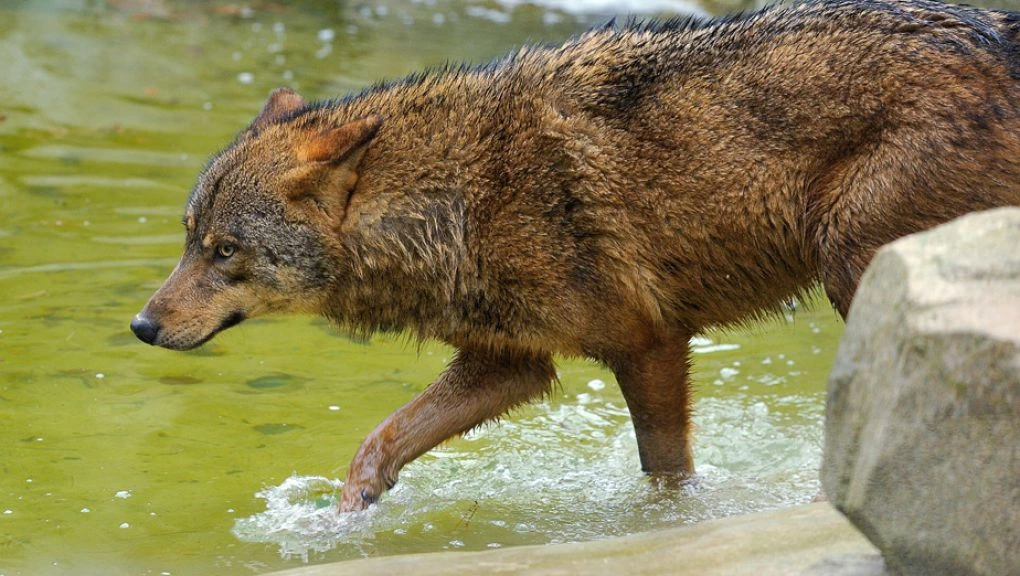
Conservation Initiatives
Beyond entertainment, Paris Zoo plays a crucial role in global conservation efforts. Collaborating with international organizations, the zoo contributes to the preservation of endangered species and habitats. Visitors become not only spectators but active participants in the fight for biodiversity.
In the early days, zoos were envisioned as captivating havens, enticing our fascination with the unknown and satisfying our craving for the extraordinary. However, as time unfolded throughout the 20th century, their purpose transcended mere entertainment, transforming them into key contributors to the preservation of diverse animal species. While still serving as places for leisure and amusement, modern zoos have evolved to embrace additional responsibilities and missions.
The Paris Zoo is actively involved in conservation efforts, particularly through its participation in breeding programs for endangered species.
In the early 1980s, as the realization dawned that biodiversity faced erosion and natural habitats were under threat, leaders in the realm of zoos began acknowledging the pivotal role their establishments could play in the conservation of animal species. The involvement of the Muséum national d’Histoire naturelle in breeding and conservation programs, the diverse array of its research fields, the complementary nature of its various sites, and its mission as a public institution all contribute to giving this project a unique and distinct identity.
This newly envisioned zoo acts both as a participant and a tool in the effort to educate people on the importance of respecting biodiversity. The functional, scientific, and educational program has been meticulously crafted in collaboration with zoo technicians, botanists, and the research teams at the Museum, ensuring a rich tapestry of complexity and variety.
Tips and Tricks for your visit to Paris Zoo
Here we collected some useful and helpful information about the park:
- Photography: Are you interested in capturing mesmerizing moments through filming or photography at the Parc Zoologique de Paris, whether it be for a professional project or commercial endeavor? In your quest for authorization, drop us an email at
This email address is being protected from spambots. You need JavaScript enabled to view it. unveiling the essence of your project in succinct prose. Unleash your creativity in just a few lines, painting a vivid picture of what you envision. Let your words dance and captivate, as we eagerly await the narrative of your endeavor. - Services: The Parc Zoologique de Paris offers a comprehensive range of amenities to ensure that your visit is as convenient and comfortable as possible. These include restaurants where you can enjoy a variety of meals and snacks, souvenir shops where you can purchase mementos of your visit, and baby changing areas to cater to the needs of families with young children. Whether you're exploring the exhibits or simply enjoying a leisurely stroll through the park, these services are designed to enhance your experience and make your visit enjoyable for the whole family.
- You can find picnic areas equipped with tables, chairs and water fountains in the zoo.
- Drink and snack machines are located along the tour route.
- In the Paris Zoo shop you can find a diverse collection of unique products suitable for all ages. Whether you're looking for books and educational toys for the little ones or gadgets and souvenirs for the whole family, they've got you covered.
- Car parking: The Parc Zoologique de Paris does not have a private car park. However, to make it easier for car owners to visit, they have collaborated with nearby parking facilities to offer preferential rates. By parking in one of these designated car parks, visitors can enjoy reduced fees and convenient access to the zoo via public transportation options such as the metro, buses, or tram. To secure your parking space in advance and take advantage of discounted rates, please visit the online booking center at parkingsdeparis.com. This way, you can ensure a hassle-free experience and focus on enjoying your visit to the zoo.
- As you approach the closing time, you can even see the feeding of individual animals.
- It tooks about 3 hours to walk around and see everything, so be prepared!
FAQs
How can I plan my visit to Paris Zoo?
Detailed information on tickets, opening hours, and special events can be found on the official Paris Zoo website.
Are there any interactive activities for children at the zoo?
Yes, Paris Zoo offers a variety of interactive and educational activities specifically designed for young visitors.
What conservation projects is Paris Zoo currently involved in?
Paris Zoo actively participates in several global conservation projects aimed at protecting endangered species and their habitats.
Can I volunteer at Paris Zoo?
Information about volunteer opportunities can be obtained by contacting the zoo directly or checking their official website for updates.
Are there any eco-friendly initiatives at Paris Zoo?
Yes, Paris Zoo is committed to environmental sustainability, implementing various eco-friendly practices within its facilities.
Site location: Parc zoologique de Paris, Avenue Daumesnil (facing number 11), 75012 Paris
GPS coordinates: 48.833640, 2.414617
Google Photos: Click here
For more content and exciting articles, follow our site, where we regularly update our column to bring you the best ideas for events or attractions in Paris!






